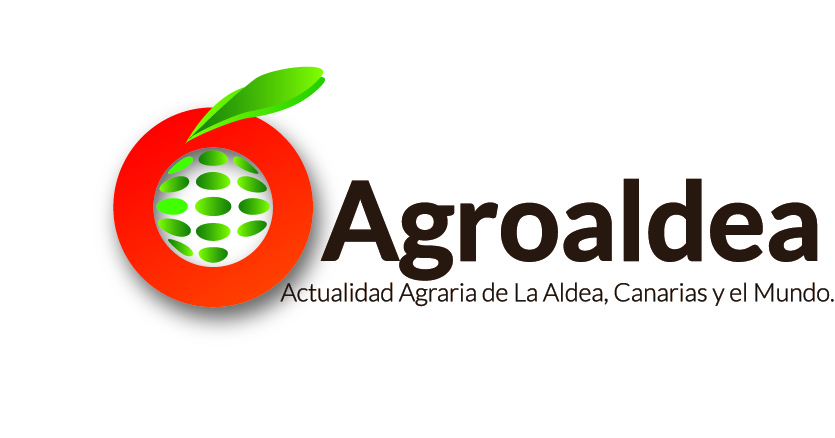While the Peninsula and Canary Islands begin to export the first contingents, the Dutch producers are going to growing under lighting and those of Eastern Europe are ending the season and export is stopping.
A Japanese expert of the tomato industry predicts that niche markets are becoming increasingly important and more attention to certain characteristics of tomatoes, as the taste and color. The useful life is also becoming more important.
On the Peninsula has planted too late and another part has planted, but that production has been lost mostly due to heat. Currently they are in production Almeria, Motril (Granada) and Mazarron (Murcia). The harvest has been delayed because of difficulties in fruit set of tomatoes caused by heat.
The prices are high due to this delay with small volumes, also for conventional tomatoes. The availability of individual cherry and PEAR cherry has been better. The harvest is beginning now, so there is no shortage. Only the tomatoes on the vine have been delayed. Expected prices to be and to stabilise the market.
While, Canary has regained rhythm, When you start the planting of seedlings in early June as it came to be common. The previous campaign, described as the 'uncertainty' is delayed by the breaches of the administrations.
In recent weeks the first shipments occurred into trucks reefers and containers, having planned to start shipments on vessels of campaign, This week.
Also last week did the Moroccan season with the first cherry tomatoes (in branch) mini PEAR, but the volumes are not yet great. From November, increase the supply from Morocco.
In the Dutch culture of tomato, farmers who do not cultivate under artificial lighting are approaching the end of the season. However, due to the increase of the surface of culture under illumination, the Dutch tomatoes offer, also in winter, is greater than ever.
This relieves some of the pressure, but not been able to save the summer this season. Mid-August, the season did not work well, Although the year began well with a limited production and high prices. Then there was plenty of light, a high production and disappointing prices, but from mid- or late August, the transition began. Since then, the prices have been good.
Import from Spain and Morocco is increasing little by little. Both countries arrive later than usual; last year they were three weeks by importing, so the Dutch producers are satisfied now. The majority of Dutch producers have already chosen their variety for next year and the snack segment is growing.
But that has been happening years and every year is feared to rise too. The surface for individual media sizes seems to be shrinking. The tomatoes on the vine offer a better production and a higher price than the individual, so the surface for the individual will whither and that is already causing some tensions.
The warm summer also delayed the season in Italy. In the wholesale market of Bologna, the Dutch tomatoes on the vine are making good contributions, just as the cherry tomatoes (3,20 € per kilo) and PEAR tomatoes (3-3,50 € per kilo) of Sicily. Tomatoes in Apulia and Campania obtained in winch a 1,50 € per kilo. Italy has twelve regions: Piedmont, Lombardy, Veneto, Emilia Romagna, Tuscany, Lazio, Abruzzo, Apulia, Campania, Sicily, Calabria and Basilicata.
The new season of Sicily will really begin in December, but the exact date also depends on the time. The Italians expect a good season.
Italian companies processed approximately 4,9 million tons of tomatoes in 2014. They had a market share of the 12 per cent worldwide, by placing a Italy in the third place of the world rankings, behind the United States and China. In Europe, Italy is, with difference, the largest processor of tomatoes, with a market share of the 54 percent and income from 3.000 million euros.
In Eastern Europe, the tomato season is complete. There are still available volume, but the quality is not good for export. The main markets for Poland are Belarus and the Balkans, and is exported within the EU.
The start of the new season in southern Europe could not open will step into the German market still. Due to the limited availability, the prices are high. Tomatoes are one of the best selling vegetables from Germany; the average German consumes 8,6 pounds of tomatoes a year. The market is so great that the self-sufficiency does not arise, even during the peak of the season.
Greenhouse tomato production was of 84.496 tons last year, According to the statistics, a 22 per cent more than in 2013. Media, the surface grows a 11 per cent a year. The main producing regions are Baden-Württemberg, Bavaria and North Rhine-Westphalia, which involve the 51 per cent of the German production of tomato.
In Israel, the recent high temperatures have also led to one lower harvest and high prices. In previous years, However, the prices were bad, What led many producers to abandon. This also caused the harvested volume will decrease. The shortage in the market is expected to continue until the beginning of December.
The volume of Morocco will start from November. Although the surface has been equal, several producers have gone from mini tomatoes cherry cultivation of round tomatoes and PEAR. Last year, the price for these tomatoes was good. In the national market, the producers are getting good prices for round tomatoes unsorted, What is giving rise to reduce the volume of export to countries like Russia.


